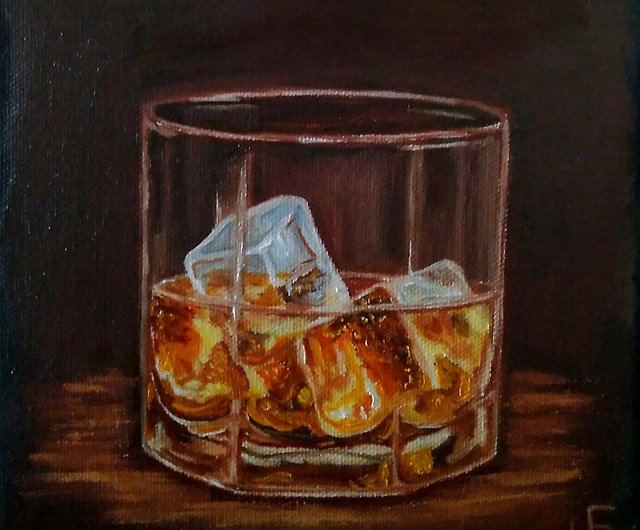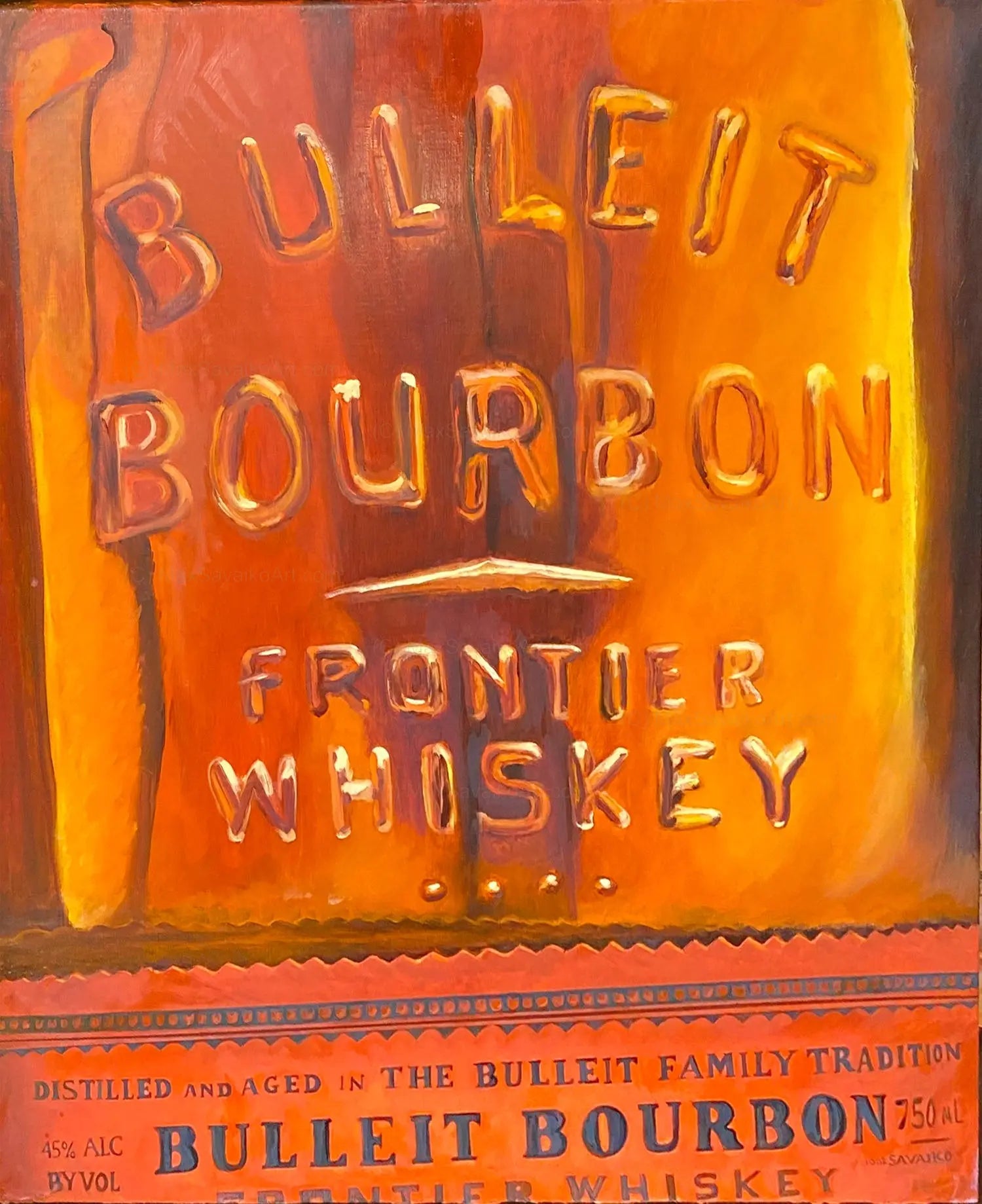The Allure of Realism Art: A Deep Dive into Whiskey's Rich Heritage
The Allure of Realism Art: A Deep Dive into Whiskey's Rich Heritage
Blog Article
The Value of Whiskey Art in Celebrating Heritage and Workmanship in the Beverage Sector
The intricate relationship between whiskey art and the party of heritage and craftsmanship within the beverage market can not be overstated. With thoughtfully made tags and containers, whiskey brands encapsulate their historic roots and the artisanal skills that specify their manufacturing methods.
The Historic Roots of Whiskey
At the heart of scotch's allure exists a rich tapestry of historic origins that trace back to old civilizations. The origins of bourbon can be connected to the distillation techniques of the Sumerians and Babylonians around 2000 BCE, where very early kinds of fermented grain drinks started to emerge. It was in the Middle Ages that the art of purification advanced significantly, especially in Ireland and Scotland, leading to the creation of whiskey as we know it today.
The term "scotch" itself originates from the Gaelic word "uisce beatha," indicating "water of life." This phrase highlights the cultural relevance of scotch in Celtic cultures, where it was often related to rituals, parties, and communal bonding. By the 15th century, purification became a recognized craft within reclusive communities, leading the way for the establishment of legal distilleries.
As trade routes broadened, bourbon's popularity grew, transcending regional boundaries and catching the passion of lovers worldwide. Bourbon Art. This historical journey mirrors not only the workmanship behind scotch production however additionally its important function in cultural and social contexts, noting it as a substantial beverage throughout history
Artistic Expression in Branding
Scotch branding stands as an engaging junction of virtuosity and business, where aesthetic identity plays an essential role fit customer perception. The visual appeals of scotch labels, packaging, and advertising products mirror not only the brand's story however additionally its core values and heritage. Through imaginative expression, distilleries share a story that reverberates with customers, stimulating emotions and sparking links.
The use of color, typography, and imagery in branding serves to set apart products in a saturated market. For instance, standard concepts may stimulate a feeling of credibility and workmanship, while modern-day designs can symbolize technology and forward-thinking. This strategic artistic direction boosts brand acknowledgment and loyalty, allowing consumers to build a personal partnership with the bourbon they select.
Moreover, creative expression in branding typically functions as a party of local heritage. Distilleries frequently integrate local signs or historical referrals into their layouts, developing a local color that welcomes consumers to take part in a broader cultural experience. Inevitably, the artistry behind scotch branding not just improves visual appeal yet likewise enriches the total story of the brand name, cultivating a deeper gratitude for the workmanship and heritage embedded in each container.
Workmanship in Bottle Layout
The artistry evident in bourbon branding extends beyond aesthetic identity to incorporate the workmanship associated with bottle layout. Each bottle serves as a vessel not simply for the spirit within, yet additionally for the story it informs concerning its beginning, tradition, and high quality. The style process requires meticulous interest to information, as elements such as form, closure, and material contribute dramatically to the general understanding of the scotch.
Workmanship in container layout entails selecting premium glass that can enhance the scotch's color and clearness, while additionally supplying a tactile experience for the customer. The shape of the bottle should be both functional and cosmetically appealing, usually mirroring the heritage of the brand name. Many distilleries decide for special shapes or embossed logo designs that stimulate a sense of authenticity and history.
Moreover, the tag layout and typography play a critical function in connecting the brand's story. Whiskey Art. A well-crafted container not only mesmerizes the customer's eye but also enhances the brand name's commitment to high quality and tradition. In this means, the craftsmanship of bottle layout becomes an essential facet of the bourbon experience, combining virtuosity with my blog a profound respect for heritage
Cultural Value of Scotch Art
Celebrating tradition and craftsmanship, the cultural relevance of whiskey art goes beyond simple aesthetics, intertwining with the historical and social narratives of the areas from which it stems. Each container works as a canvas, showing the one-of-a-kind tales, folklore, and practices that have shaped neighborhood whiskey-making methods. The complex styles commonly reflect the heritage of the distillers, including signs and themes that reverberate with the society and values of their communities.

Furthermore, bourbon art plays an important duty in common celebrations and parties, working as a tangible web link between individuals and their shared experiences. By appreciating the creativity in scotch packaging, consumers cultivate a much deeper understanding and respect for the craft, inevitably enriching their satisfaction of the drink itself.
Modern Trends in Scotch Presentation
Over the last few years, the discussion of whiskey has developed to reflect contemporary tastes and fads while still honoring conventional workmanship - Realism Art. Distilleries are significantly concentrating on visual elements that enhance the general drinking experience, bridging the space between heritage and modernity
Ingenious container layouts have actually arised, usually incorporating lasting products and creative tags that tell engaging tales. Many brands currently collaborate with local musicians, infusing their products with special visual expressions that reverberate with customers. Furthermore, limited-edition releases are often packaged in collectible containers, adding worth and appeal for connoisseurs.

Verdict
In verdict, whiskey art serves as a vital channel for revealing the heritage and workmanship intrinsic in the beverage industry. With elaborate branding, ingenious container layouts, and culturally considerable creative elements, whiskey brands properly recognize their traditions and link with customers.


Workmanship in bottle design involves selecting high-grade glass that can enhance the bourbon's color and clearness, while likewise providing a tactile experience for the customer. In this method, the craftsmanship of bottle design ends up being an important aspect of the whiskey experience, combining creativity with a profound regard for heritage.
In conclusion, whiskey art serves as an essential channel for expressing the heritage and workmanship fundamental in the beverage market.
Report this page